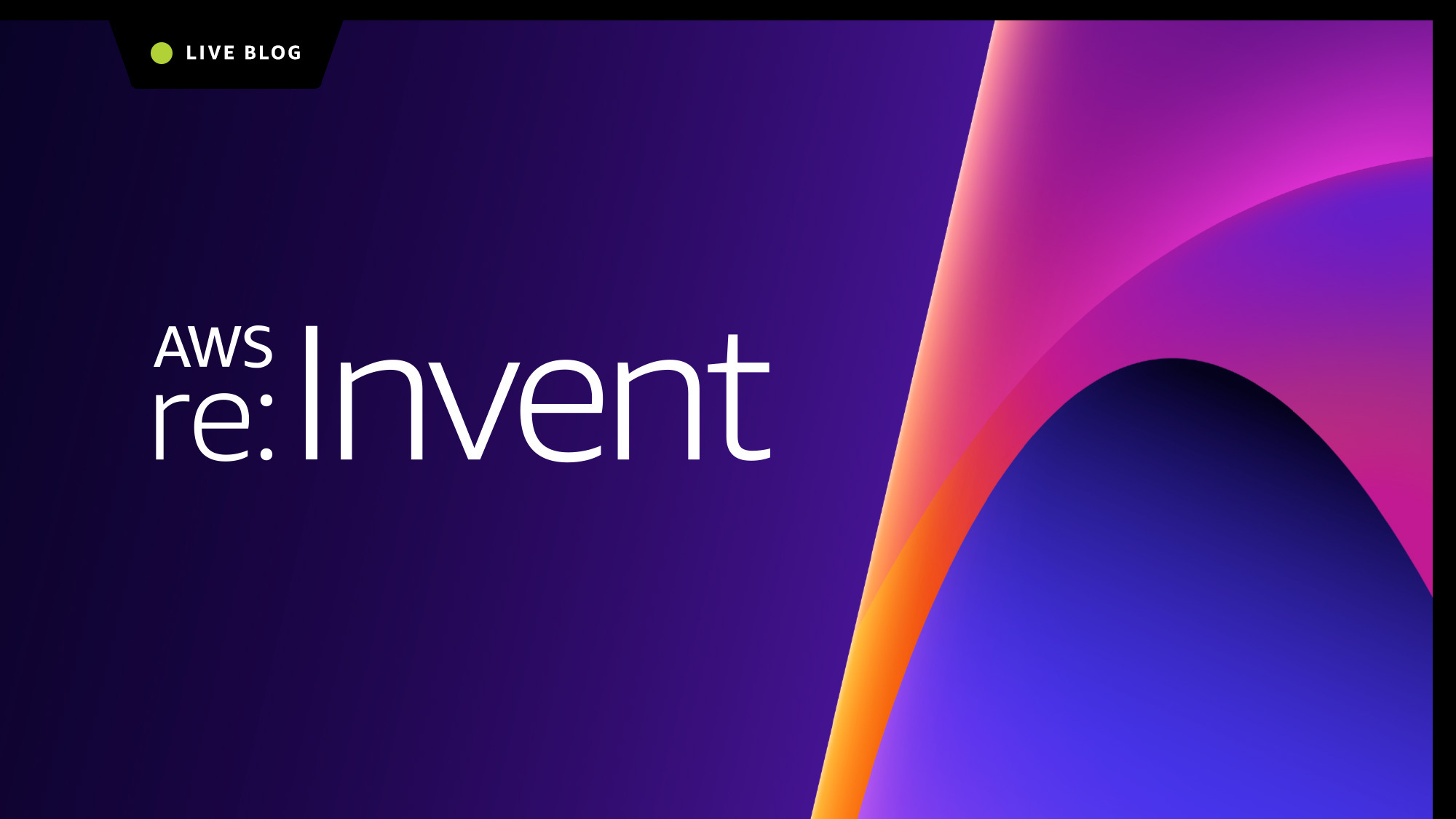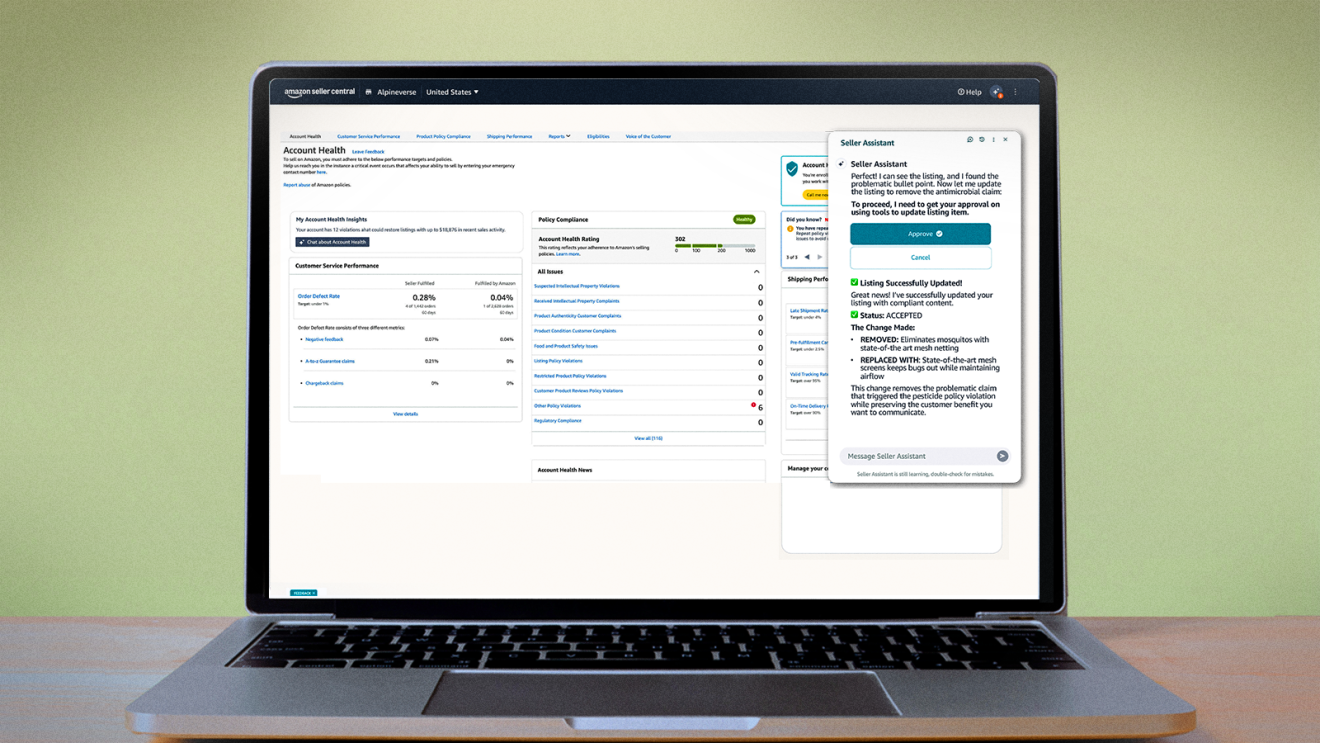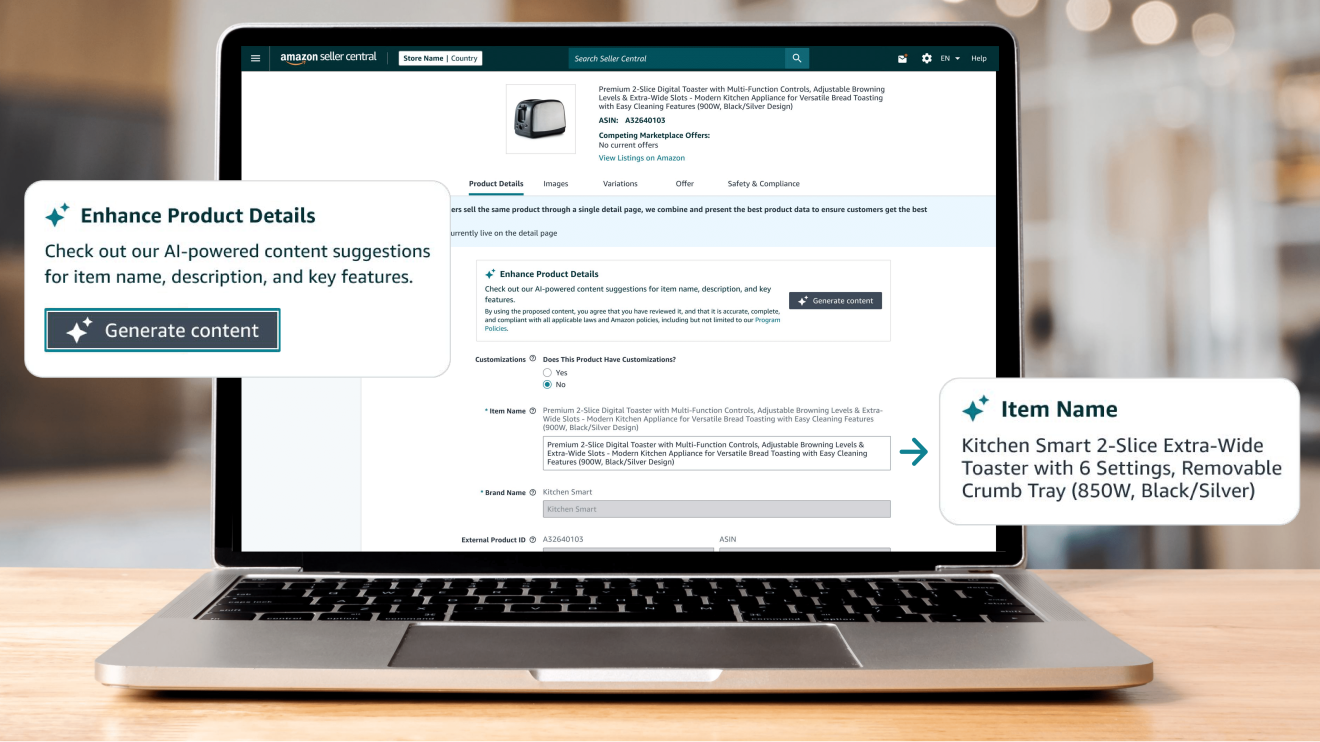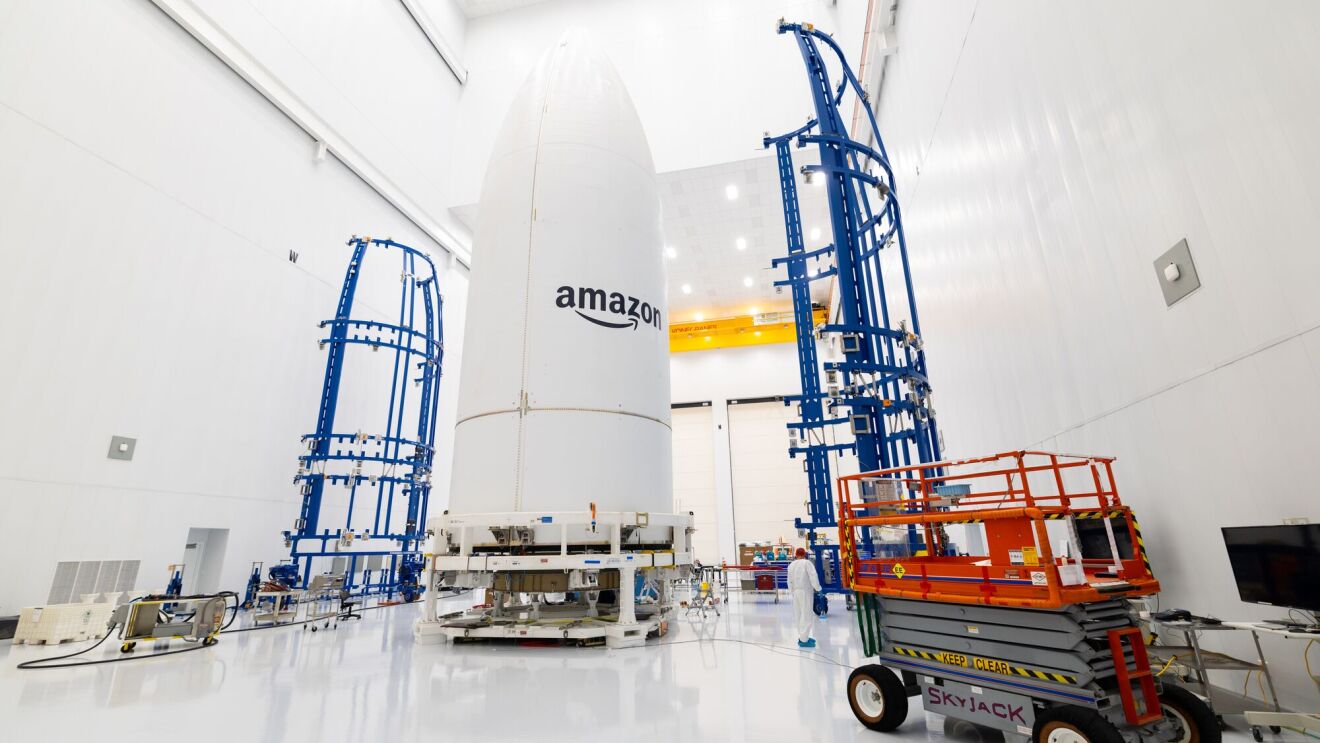Project Kuiper is Amazon’s low Earth orbit (LEO) satellite broadband network. In addition to serving unserved and underserved communities around the world, we will also connect a wide range of enterprise, telecommunications, and government customers. We’ve designed every component in our system to meet those customers’ needs, including our choice to leverage Amazon Web Services (AWS) infrastructure and services to securely operate and scale our software-defined network. This design will allow Project Kuiper to offer our customers flexible and secure end-to-end connectivity services to help them connect people, facilities, and equipment.
“Amazon founded Project Kuiper with the vision of bringing affordable broadband connectivity to tens of millions of customers around the world, and using AWS helps us accelerate and scale our network deployment and business operations,” said Rajeev Badyal, vice president of technology for Project Kuiper. “Running the Kuiper network in the cloud means we can rapidly extend our residential connectivity services to countries around the world and help our business customers access the data and services they need from virtually any location on the planet.”
Seamless network spanning Earth and space
There are three main pieces of the Kuiper system that move data throughout the network: ground infrastructure, satellites, and customer terminals. The ground infrastructure includes gateway antennas that securely send and receive data to and from satellites. Our LEO satellites relay data traffic to and from the gateway antennas on one end and customers on the other. And our high-performance, low-cost customer terminals will allow homes and businesses to connect to our satellites and receive broadband service.
There’s another piece of the system behind the scenes. Every Project Kuiper gateway antenna around the world links back to the nearest AWS Region via dedicated fiber. From there, Project Kuiper can deliver traffic to the internet if that is the customer’s desired endpoint, or route it onward to the customer’s AWS resources, their own private network, or other cloud service providers.
As part of our Protoflight mission, we recently demonstrated end-to-end network functionality, with tests involving online shopping, ultra-high definition (UHD) 4K video streaming, and two-way video calls over the network. Those demonstrations proved our ability to move data from the internet, through our ground infrastructure and satellites, and down to the customer, as well as back the other direction.
 Inside an AWS data center in northern Virginia.
Inside an AWS data center in northern Virginia.Flexible, scalable networking and customer support
We’re designing Project Kuiper to provide flexible, multipurpose connectivity services. Our software-defined network—which leverages a wide array of AWS services alongside Project Kuiper technology—will dynamically manage data traffic to optimize network capacity and ensure every customer receives the intended level of service.
“By using AWS to support the Kuiper network, we can offer our business customers even more choice and flexibility and help tailor performance to their use cases,” Badyal said. “The same is true for public sector customers who need secure access to sensitive datasets and workloads stored in AWS GovCloud (US). Our work with AWS will help those customers stay connected and carry out their missions around the globe.”
As Project Kuiper prepares to serve tens of millions of customers, we will also scale our backend operational and business support systems on AWS, supporting functions like sign-up, billing, provisioning, and customer service that help simplify and improve the overall experience for our customers.
 Project Kuiper ground gateway site.
Project Kuiper ground gateway site.Even greater security and flexibility with private connectivity
As we continue to scale and enhance the Kuiper system, we’re constantly looking for ways to give our customers even greater control and flexibility. AWS CEO Adam Selipsky revealed one of those offerings onstage at re:Invent on November 28—our new private connectivity service. This optional feature will allow enterprise and public sector customers to move data privately from a remote location directly into AWS without ever touching the public internet. In the future, Project Kuiper will offer similar options for moving data privately into customers’ own data centers or other public clouds.
“Project Kuiper is a global, high-speed satellite network that will provide connectivity to places that have never had coverage before,” Selipsky said. “Imagine the power of delivering, in very hard to reach places, the ability to access the internet with the same kind of speed and reliability that most of us take for granted every day. The possibilities for consumers are enormous, but so are the benefits to companies and governments. With Project Kuiper’s enterprise-ready private connectivity services, you will be able to move data from virtually anywhere over private, secure connections, and use these connections to reach your data in the AWS cloud.”
Removing connections from a sensitive workload to the internet will help businesses maintain high security and privacy while eliminating many layers of cost and complexity. Particularly in remote areas where the skill sets to manage traditional network security may not be readily available, Project Kuiper’s private connectivity option will give customers the flexibility to continue growing and innovating quickly while maintaining security and compliance standards.
When we begin beta testing Project Kuiper service in the second half of 2024, early partners like NTT, Verizon, and Vodafone will be among the first to participate in those pilots and experiment with private connectivity. Additional enterprise, telco, and government customers and partners seeking to take part in our pilot program can register interest through early 2024.
On November 13, 2025, Project Kuiper was renamed as Amazon Leo.
Trending news and stories











